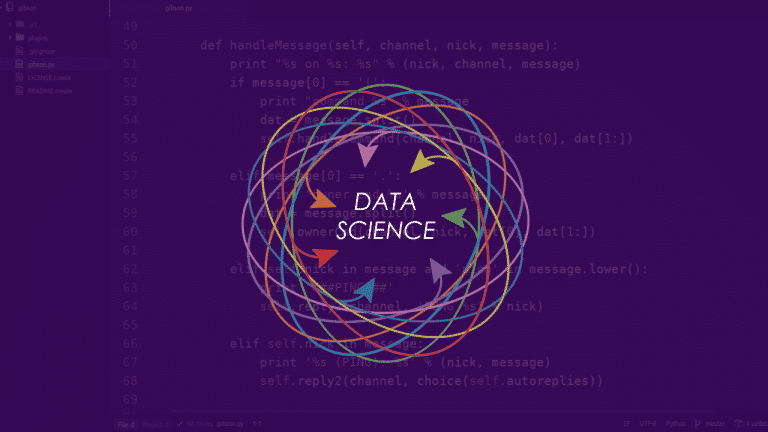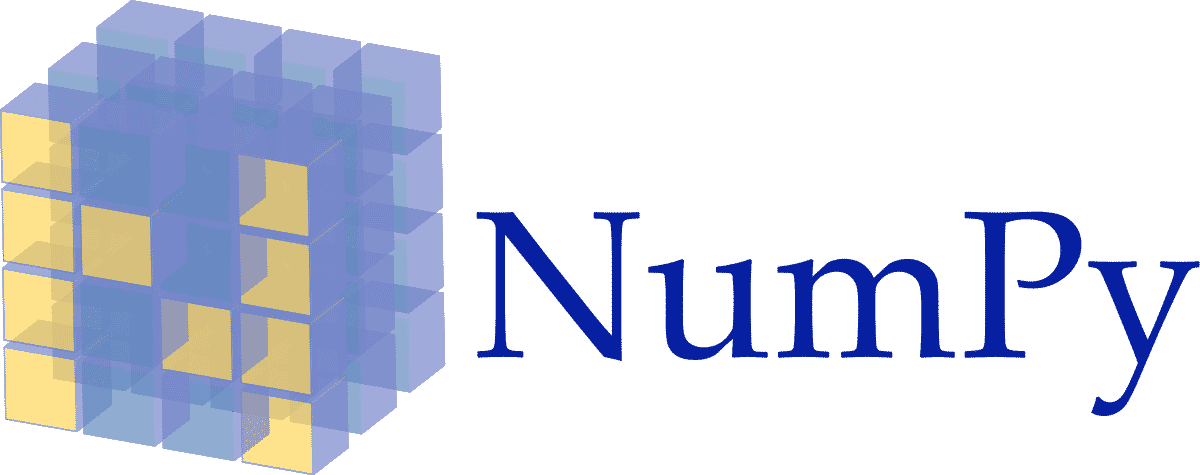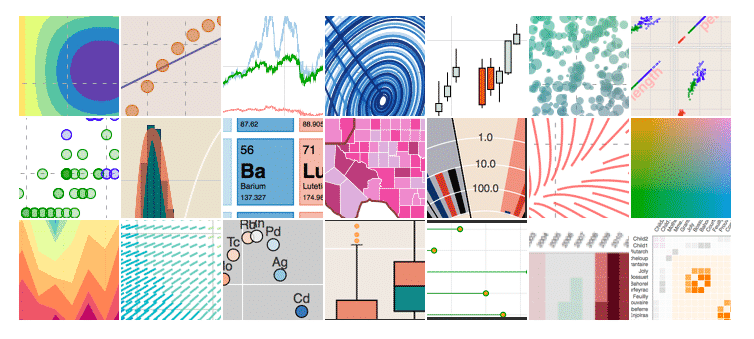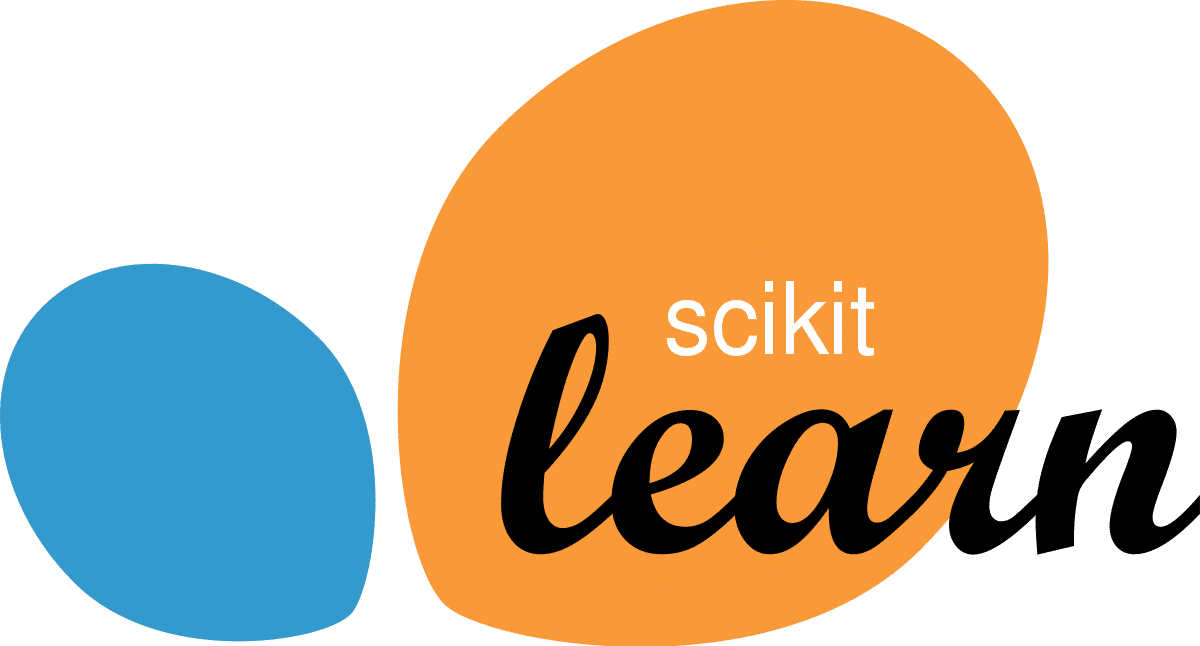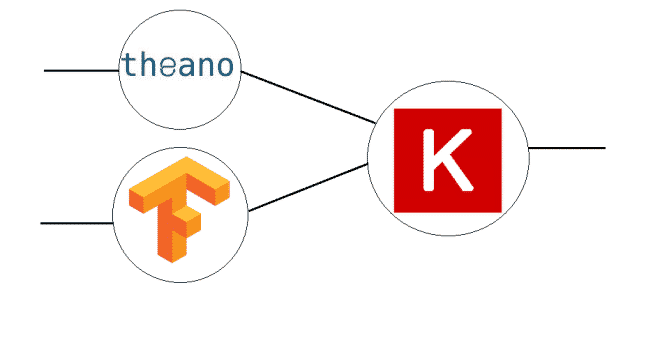Data Science, Machine Learning, and AI are some of the most trending and emerging technologies that have a lot of scope in the future. But, have you ever wondered what are technologies are driving this field of Computer Science and what should you learn to have an enthralling command of them. The answer is Python and its bunch of libraries.
Future is all about playing with the data, therefore, most companies acknowledge the integral role that data will be playing in driving business decisions, and understanding people’s perceptions. Python, along with R, is one of the handiest, reliable and easy tools used in Data Science today. Hence, if you are a beginner then you should venture out into the field of data science to familiarise yourself with Python.
In this article, I will outline some of its most useful libraries used by data scientists and engineers, based on recent research and market uses.
Also Read: Top 5 Data Science and Machine Learning Courses
Contents
Why Is Python So Popular For Data Science?
Python is one of the most widely used programming languages today because of its efficiency, code readability, and ease to learn. Ranked as the number one in IEEE programming language rankings, in 2018, Python has gained a lot of traction and importance in recent years in the Data Science industry.
Some of the reasons that we can figure out are mentioned below.
- Python is simple to learn and use, primarily because most concepts can be expressed in fewer lines of code in Python, than in other languages.
- Python also offers an abundance of active data science libraries and a vibrant community.
- Python is a good alternative for developers who need to apply statistical techniques or data analysis in their work, or for data scientists who work on integrated technologies that comprise web apps or production environments.
- Python really shines in the field of machine learning due to the numerous libraries and flexibility that it has to offer.
- This makes Python uniquely well-suited to developing sophisticated models and prediction engines that plug directly into production systems.
- The extension of Libraries is really a huge asset since a robust set of libraries can make it easier for developers to perform complex tasks without rewriting many lines of code.
Also, Read: 5 Best Courses to Learn Python Programming Language
Popular Python Libraries For Data Science
1. NumPy
With more than 15 thousand commits and over 500 contributors on its GitHub repository, clearly depicts how much this library is popular. This is one of the most fundamental packages, for data science. NumPy stands for (Numerical Python). It provides an abundance of useful features for operations on n-arrays and matrices in Python. The library provides vectorization of mathematical operations on the NumPy array type. It also contains other things like:
- a powerful N-dimensional array object
- sophisticated (broadcasting) functions
- tools for integrating C/C++ and Fortran code
- useful linear algebra, Fourier transform, and random number capabilities
NumPy is licensed under the BSD license, enabling reuse with few restrictions.
2. Pandas
Pandas is an open-source tool that provides data analysis tools for Python programming. With more than 15000 commits and over 700 contributors, this is also one of the most commonly used libraries for data science. This package is designed to do work with labeled, relational, simple, and complex data. It can also be used to add data structures and tools designed for practical data analysis in multiple streams such as finance, statistics, social sciences, and engineering.
Due to its adaptability, it is a very useful library. It can work perfectly well with incomplete, unstructured, and uncategorized data. It can, at the same time provide tools for shaping, merging, reshaping, and slicing of datasets as well. Other features include the ability to load and save data from multiple formats and easy conversion from NumPy and Python data structures to Pandas objects.
3. SicPy
Another important library is SciPy which is an engineering and science library. It is different from the SicPy stack because SciPy contains modules for linear algebra, optimization, integration, and statistics. It has about 17000 commits and around 500 contributors on Github’s repository.
SciPy library is built upon NumPy, and its arrays so it makes substantial use of NumPy. It provides efficient numerical functions as numerical integration, optimization, and many others via its specific submodules. One of the best tutorials for SciPy is Scipy.org.
4. Matplotlib
It is one of the standard Python libraries for creating 2D plots and graphs. To use this library efficiently, you must have a strong command over the available functions in this library. It is flexible since it has been committed more than 21000 times with more than 550 contributors.
It is capable of producing publication-quality figures in the form of plots, histograms, power spectra, bar charts, error charts, scatterplots, etc. in a wide variety of hardcopy formats and interactive environments across platforms.
For examples, see the sample plots.
5. Pybrain
PyBrain is another top Python Library for Data Science that focuses on flexible, easy-to-use algorithms for Machine Learning tasks and a variety of predefined environments to test and compare the algorithms. It is popular because of the flexibility and algorithms for state-of-the-art research. As we are researching new techniques every day and constantly developing faster algorithms, this library will be used in neural networks especially for reinforcement learning faster and unsupervised learning.
Since most of the current problems deal with continuous state and action spaces, function approximators like neural networks must be used to cope with the large dimensionality. This library is built around neural networks in the kernel and all the training methods accept a neural network as the to-be-trained instance. This makes PyBrain a powerful tool for real-life tasks as well.
6. Bokeh
Bokeh is a great visualization library in Python with over 15000 commits and 200 contributors on Github’s repository, It provides interactive visualization. This one is independent of Matplotlib and makes its presentation via modern browsers in the style of Data-Driven Documents i.e. d3.js.
7. Scikit Learn
It’s a Python module for machine learning built on top of SciPy. It provides a set of common machine-learning algorithms to users through a consistent and smooth interface. Scikit-Learn helps to quickly implement popular algorithms on datasets and it includes tools for many standard machine-learning tasks such as clustering, classification, regression, etc.
It has over 21000 commits and 800 contributors that have made this library concise in terms of code and consistent has an interface to the common machine learning algorithms, making it simple to bring ML into production systems.
8. Keras / TensorFlow / Theano: Deep Learning Libraries
When it comes to the implementation of Deep Learning (which is also a part of data science) to projects and real-life scenarios, one of the most prominent and convenient libraries is Keras, used for training a huge amount of data. It can function either on top of TensorFlow or Theano.
- Theano is a Python package that defines multi-dimensional arrays similar to NumPy, along with math operations and expressions. It supports all architectures. The library also optimizes the use of GPU and CPU.
- TensorFlow is one the most popular tool used and developed by Google with over 16000 commits and 700 contributors is a widely and blindly used library. Since it is an open-source library, most of developers find this tool the most proper for creating a machine learning model. It is their multi-layered nodes system that enables quick training of artificial neural networks on large datasets.
- Keras is also an open-source library for building Neural Networks at a high level of the interface. It uses Theano or TensorFlow as its backends. It is totally written in pure Python with high-level implementations, modular, and extendable.
Conclusion
There are also other libraries for natural language processing such as Nltk, Scrappy for web scraping, Pattern for web mining, but if you are getting started in python and especially want to become an expert in data science then you must master the above-mentioned libraries. I would recommend you learn each one by one and do enough practice since each one of these has a variety of implementations.

